
Ancient civilizations have always fascinated humans. And why shouldn't they? We have learned so much about human evolution by studying the intricacies of the Greeks, the Egyptians, the Romans, and Mayans, among a host of other cultures. Learning about these ancient civilizations and their cultures also gives us plenty of understanding about how human mentality and psychology have developed over the centuries.
While our school history books told us a lot about some of the well-known old cultures, there are many obscure ones we haven’t heard of yet. Here, we look at some unusual and fascinating long-forgotten cultures that deserve more recognition.

Image Source - Wikimedia Commons
In ancient Egyptian texts, the Land of Punt is described as “the land of the gods". This mysterious kingdom was located somewhere in Africa (many scholars believe that it was almost certainly modern-day Somalia, at the Horn of Africa) and was rich in varied resources. It is said that the land of Punt was trading with the ancient Egyptians over many centuries. The trade between the two kingdoms began somewhere around the 26th century B.C., during the rule of the pharaoh Khufu.
While there is a lot of uncertainty about the location of the land of Punt, the Egyptians did leave enough indications about the kind of resources they got from the kingdom such as gold, ebony, and myrrh. Furthermore, there are also some descriptions of how the Egyptians sent several seafaring expeditions to this lost kingdom. The Punt society carries a lot of similarities to the Egyptian culture as well in terms of language, ceremonial dress, and the arts. Studies are still underway to uncover the precise location of this near-mythical culture.
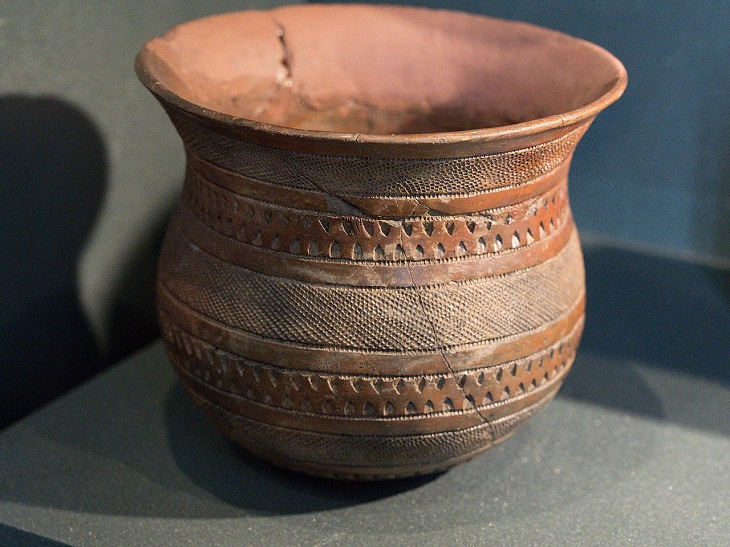
Image Source - Wikimedia Commons
This unique ancient culture has derived its name after the artifacts found in the region. The Bell-Beaker culture existed during the Late Neolithic–Early Bronze Age (about 2800 B.C. and 1800 B.C.), almost 4,500 years ago in the cooler regions of Europe. The culture gets its name from the distinctive bell-shaped beakers and pottery vessels the people used to make. These vessels were decorated in horizontal zones and had well laid toothed stamps.
People of the Bell-Beaker culture, also known as the ‘Beaker folk’, were mostly bowmen and also used to carry a copper dagger or spear, along with a curved, rectangular wrist guard. They spent plenty of time searching for copper and gold and this extensive search sped up the spread of bronze metallurgy in Europe. Archeologists believe that the Beaker folk were originally from Spain but eventually spread to central and western Europe in their perpetual search of metals. Soon, they mingled with the Battle-Ax (or Single-Grave) culture and circulated their art of beaker-shaped potter with them. Gradually, these two cultures blended and expanded from central Europe to eastern England.
The Bell-Beakers left behind a variety of copper artifacts. However, one of the most startling archeological discoveries from the culture was found in 2002 when a cemetery of 154 graves was discovered in the Czech Republic consisting of skeletal remains of the Beaker folk.
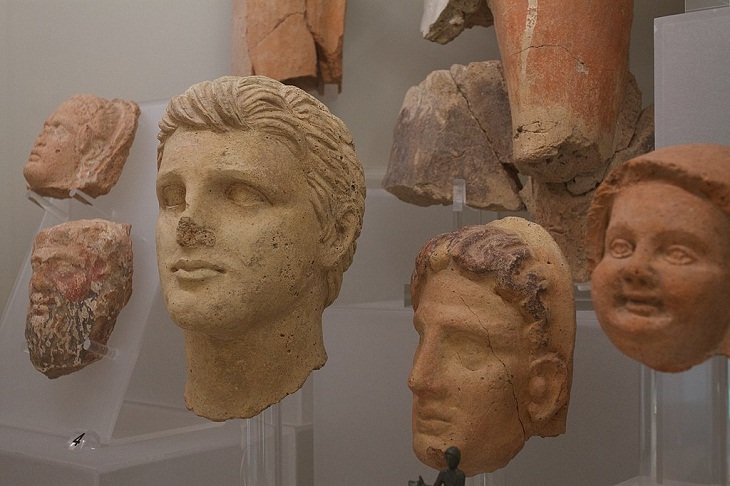
Image Source - Wikimedia Commons
Between the 8th and 3rd century B.C., the Etruscan civilization blossomed in central and northern Italy. The culture was known for its rich mineral resources and for being a significant Mediterranean trading giant. The achievements of this vanished culture, in fact, laid the foundation for the development of ancient Roman art and culture along with the Italian Renaissance.
Archeologists and scholars have observed that the Etruscans created a unique written language and were the first "superpower" of the Western Mediterranean who helped develop the earliest cities in Europe along with the Greeks. Opulent family tombs of the Etruscans have also been found, the first of which, excavated in 2013, was of a prince. The luxurious Etruscan rooms housed in the Vatican museum will give you some idea of the lavish lifestyles people led during the period.
Rare engravings in the Etruscan language was found in a 500-pound stone tablet by archeologists in 2016 at an Etruscan temple in Tuscany. The language went out of use about 2,500 years ago and could reveal how early members of this society worshipped.
What is now known for sure is that the Etruscans had a theocratic society and religious rituals were a big part of their daily life. Divination was practiced broadly and some other thoroughly organized cults and rituals were employed by the Etruscans. Their cities were independent city-states that were connected by a common religion, language, and culture as a whole.
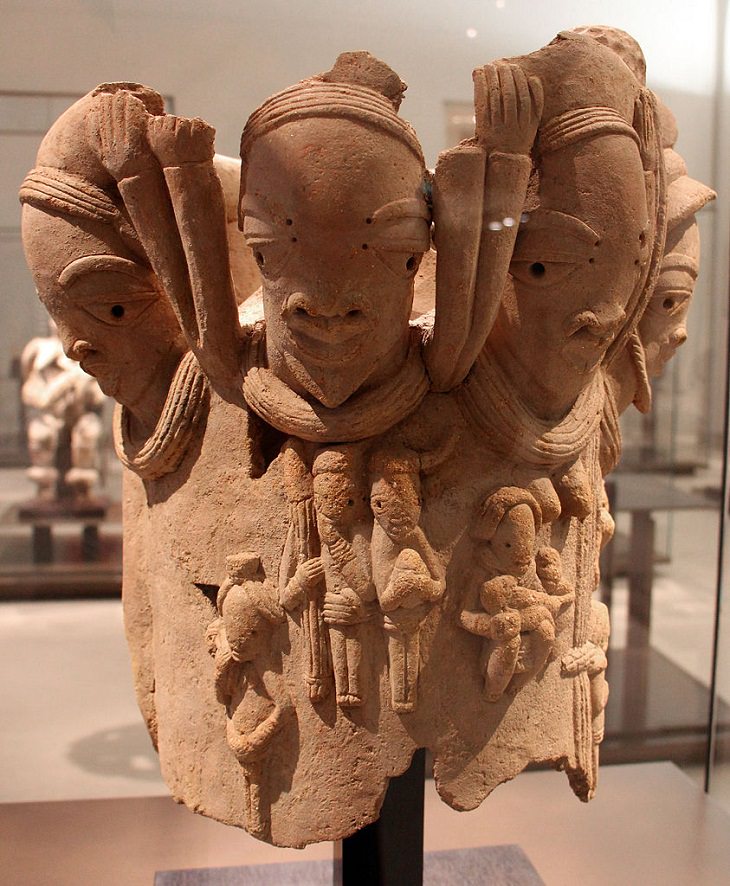
Image Source - Wikimedia Commons
The Nok was a mysterious and little-known culture that flourished in modern Nigeria during the Iron Age from the 5th century B.C. to the 2nd century CE. The first evidence of the existence of the Nok culture was only discovered by accident in 1943 during a tin-mining operation. A terra-cotta head was uncovered that indicated a prosperous sculptural tradition. After this, several other figurines from the Nok period have surfaced; many of them are ornate terra-cotta sculptures portraying people with fancy jewelry, batons, and flails. According to the Minneapolis Institute of Art, these were symbols of authority also seen in ancient Egyptian art.
Experts have concluded that the Nok was the first known culture in West Africa to produce the distinctive terracotta sculptures of human heads and figures that gradually became synonymous with its identity. Furthermore, the Nok were a sedentary society and relied heavily on farming. However, they were also very skilled ironworkers. Evidence shows that the Nok people developed intricate iron forges and complex iron tools.
There is still considerable mystery around the origins of the Nok culture. Some experts believe that Nok art and metalworking influenced later African societies but more evidence is required for the theory. Also, very little is known about their society and social organization. Thus, until we unveil more truths about their lifestyle, the Nok culture will be recognized solely by their terracotta artwork.
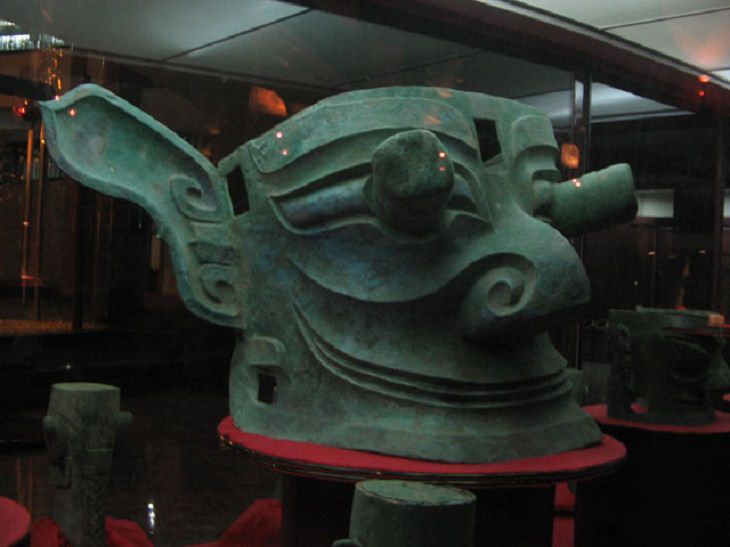
Image Source - Wikimedia Commons
The ancient and enigmatic Chinese culture of the Sanxingdui (located in modern China's Sichuan Province) had almost disappeared owing to a severe earthquake nearly 3,000 years ago. The origins of the civilization were first discovered by chance by a peasant in Sichuan province in 1929 who found some artifacts from the period while repairing a sewage ditch. However, it was only in 1986, when archeologists dug up two pits of Bronze Age treasures that included items like jades, about 100 elephant tusks, and staggering 8-feet-high (2.4 meters) bronze sculptures, that revealed how advanced this culture was.
“Strange masks with projecting pupils and elephant-like ears, elephant tusks, trees and birds in bronze, gold ornaments and many types of jade carving, represent an imagined spiritual universe, quite unlike anything discovered elsewhere. Indeed, the culture is so strange, so unprecedented, that we cannot begin to describe the society that produced these objects,” says an article from Times Higher Education about the Sanxingdui culture.
Interestingly, while the artistic ability of the people of the Sanxingdui civilization is now revealed, not much is known about their people and their way of life. Many of their elaborately painted bronze-and-gold-foil masks suggest that they might have been representations of some gods or ancestors. Evidence also indicates that due to the massive earthquake, Sanxingdui would have been cut off from water and the people would have been forced to relocate. However, a lot remains unknown still about this obscure civilization. There are no ancient texts or historical records to give us more information about it. The history of the remarkable artifacts from the Sanxingdui civilization too remains shrouded in mystery as we don’t know what the purpose of the objects was. Until we discover more remains, the Sanxingdui culture will continue to be a fascinating enigma.
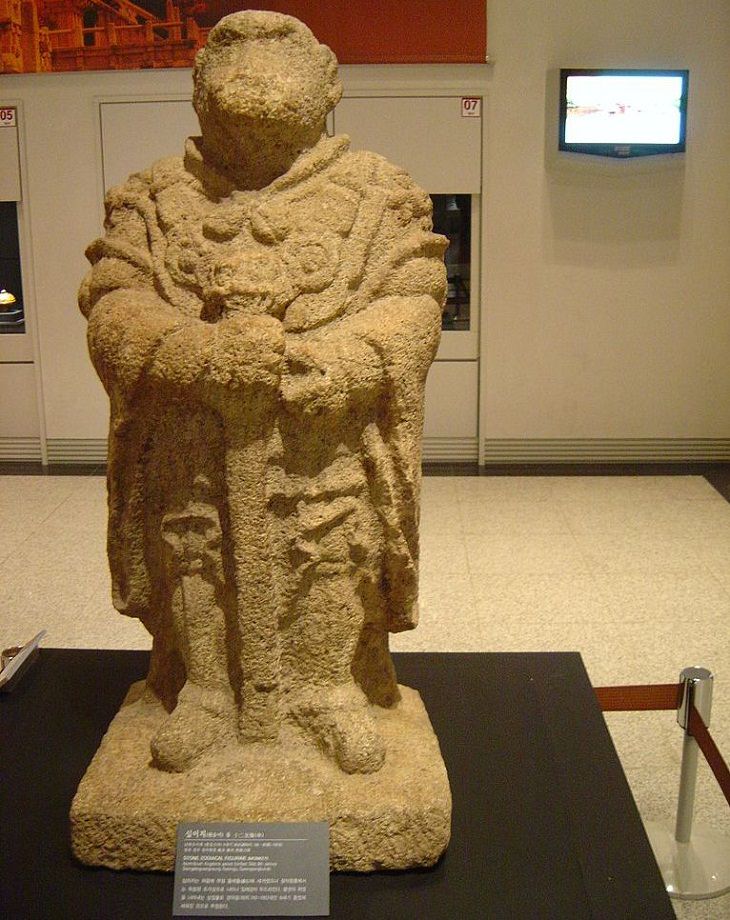
Image Source - Wikimedia Commons
The Silla Kingdom was one of the three kingdoms of ancient Korea. It survived for close to a thousand years, between 57 B.C. and A.D. 935, and is hence regarded as one of the longest sustained royal dynasties in human history.
Founded by the monarch Bak Hyeokgeose, the Silla culture had a highly hierarchical system of social ranks and had an affluent aristocratic class. Excavations from the period, like lavish ornaments, such as gold crowns and gold belts, have shown that people lived wealthy lifestyles. Other extravagant items from the era like a gold-and-garnet dagger to a cast-iron Buddha to jade jewelry can be seen at the Gyeongju National Museum in South Korea.
The Silla kingdom attained its peak in between 400 and 800 A.D. when King Naemul’s established a hereditary monarchy. It was a period of substantial military and political dominance which eventually led to the culture’s incredible prosperity.
Buddhism was adopted by the Silla Kingdom in 527 A.D. and resulted in a total transformation in their society and culture. It is during this phase that the creation and use of the gold items flourished as spiritual icons and reliquaries. The statues made during this time were mostly dedicated to the reverence of Buddha and other divine beings.